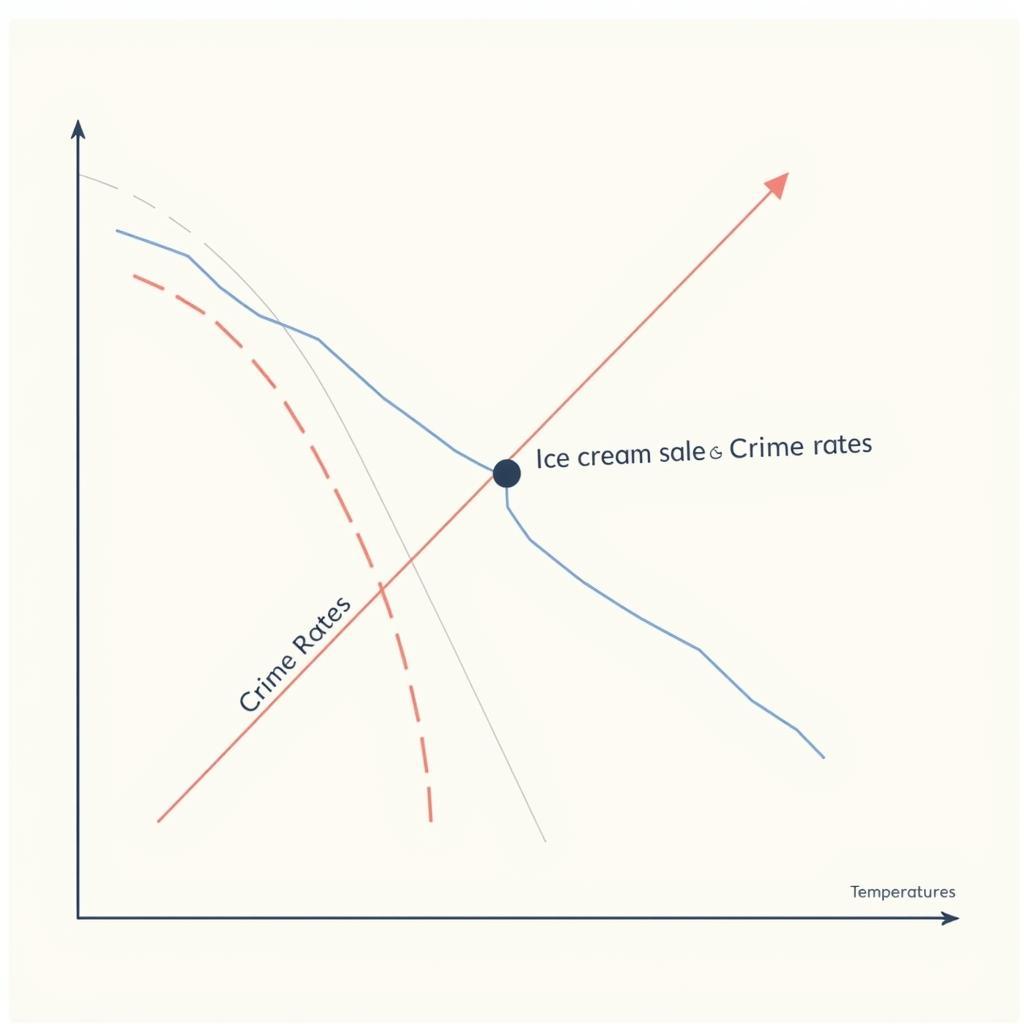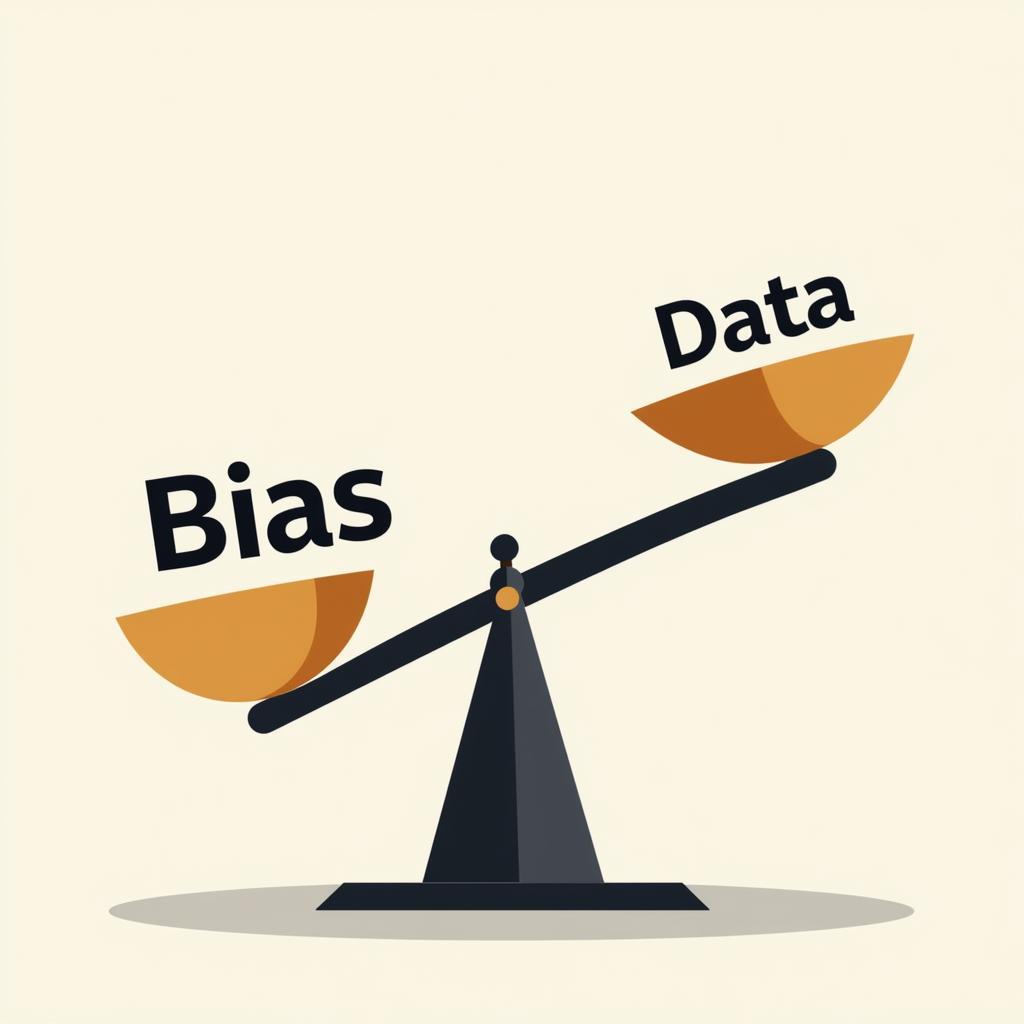Correlational research is a valuable tool for exploring relationships between variables, but it’s crucial to understand its limitations. This type of research can reveal intriguing connections, but it can’t definitively prove cause and effect. That’s a fundamental distinction that often gets overlooked, leading to misinterpretations and flawed conclusions.
Exploring the relationship between alleged paranormal activity and specific environmental factors is a perfect example. A correlational study might show a link between reported ghost sightings and fluctuations in electromagnetic fields. While this correlation is interesting, it doesn’t prove that EMF changes cause ghostly apparitions. Other factors, like the psychological suggestibility of witnesses or the presence of natural phenomena mimicking paranormal activity, could be at play. After all, correlation doesn’t equal causation. This subtle yet critical difference is at the heart of the Limitations Of Correlational Research. Similar to understanding the differences outlined in experimental research vs correlational research, recognizing these nuances is key.
The Inability to Establish Causality: A Core Limitation of Correlational Research
The most significant limitation of correlational research is its inability to determine cause and effect. Just because two variables move together – one increasing as the other increases (positive correlation) or one decreasing as the other increases (negative correlation) – doesn’t mean one causes the other.
The Third Variable Problem
Often, a third, unmeasured variable is influencing both observed variables, creating a spurious correlation. For example, a study might find a positive correlation between ice cream sales and crime rates. Does this mean ice cream consumption fuels criminal behavior? More likely, a third variable – hot weather – influences both. As temperatures rise, both ice cream sales and crime rates tend to increase.
 Ice cream sales and crime rates both rise with temperature
Ice cream sales and crime rates both rise with temperature
Directionality Problem
Another issue is the directionality problem. Even if a causal relationship exists, correlational research can’t determine which variable is the cause and which is the effect. For instance, a study might show a correlation between sleep deprivation and anxiety. Does lack of sleep cause anxiety, or does anxiety lead to sleep problems? Correlational research alone can’t answer this question. It only identifies the presence of a relationship. Understanding the nature of correlational studies, similar to grasping the difference between experimental research is to correlational research what, is essential for interpreting results accurately.
Other Limitations to Consider
Beyond the central issue of causality, correlational research faces other limitations. These include restricted generalizability, potential for bias, and ethical considerations. Researchers must acknowledge these constraints to accurately interpret and apply findings.
Limited Generalizability
Correlational studies often rely on observational data, which may not be representative of the broader population. This limits the ability to generalize findings to other groups or settings.
Potential for Bias
Bias can creep into correlational research through various avenues, such as sampling methods, data collection techniques, and researcher interpretation. These biases can skew results and lead to inaccurate conclusions.
 Potential biases in correlational research
Potential biases in correlational research
The Value of Correlational Research
Despite its limitations, correlational research plays a crucial role in scientific inquiry, especially in fields like paranormal investigation where controlled experimentation is often difficult or impossible. It’s a valuable tool for exploring potential relationships, generating hypotheses, and paving the way for more rigorous experimental research.
Dr. Evelyn Reed, a prominent researcher in parapsychology, notes, “Correlational studies can be a starting point for understanding complex phenomena. They allow us to identify potential connections that warrant further investigation.”
Conclusion
Understanding the limitations of correlational research is paramount for accurate interpretation and application of its findings. While correlational research cannot establish causality, it’s a powerful tool for exploring relationships between variables and generating hypotheses. By acknowledging its constraints, researchers can leverage the strengths of correlational research while avoiding the pitfalls of misinterpreting correlations as causal relationships. Just as understanding how to create a research paper outline example apa is crucial for presenting research findings, recognizing the limitations of the research itself is equally vital.
FAQ
- Can correlational research prove cause and effect? No, correlational research can only demonstrate a relationship between variables, not a causal link.
- What is the third variable problem? The third variable problem occurs when an unmeasured variable influences both observed variables, creating a spurious correlation.
- What is the directionality problem? The directionality problem arises when a correlation exists, but it’s unclear which variable is the cause and which is the effect.
- Why is correlational research valuable despite its limitations? Correlational research is valuable for exploring relationships, generating hypotheses, and guiding further research.
- How can I determine if a correlation is causal? Causality can only be established through experimental research, which involves manipulating one variable and observing its effect on another.
- Are there other types of research besides correlational research? Yes, ex post facto research is another type, along with experimental research.
- Where can I find more information on creating a research outline using APA format? You can find a helpful example of a research paper outline apa format on our website.
Need help with your Paranormal Research? Contact us 24/7 at 0904826292, email research@gmail.com, or visit us at No. 31, Alley 142/7, P. Phú Viên, Bồ Đề, Long Biên, Hà Nội, Việt Nam.